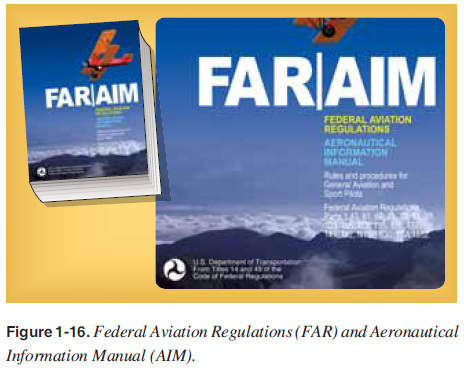
 |
|
||
CHAPTER 1. Introduction To Weight-Shift Control Weight-Shift Control LSA Requirements A WSC LSA must meet the following requirements:
Flight Operations and Pilot Certifi cates The FAA is empowered by the United States Congress to promote aviation safety by prescribing safety standards for civil aviation programs and pilots. Title 14 of the Code of Federal Regulations (14 CFR), formerly referred to as Federal Aviation Regulations (FAR), is one of the primary means of conveying these safety standards. [Figure 1-16] 14 CFR part 61 specifi es the requirements to earn a pilot certifi cate and obtain additional WSC privileges if already a pilot. 14 CFR part 91 is General Operating and Flight Rules for pilots. The Aeronautical Information Manual (AIM) provides basic fl ight information and operation procedures for pilots to operate in the National Airspace System (NAS).  |
| ©AvStop Online Magazine Contact Us Return To Books |